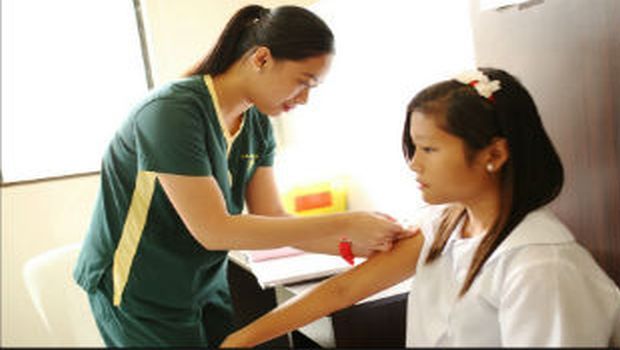New Recommendations for Dengue Vaccine


Dengue is the world’s most extensively spread mosquito-borne virus – in the last 60 years, global incidence of the disease has increased 30-fold. The World Health Organization (WHO) Strategic Advisory Group of Experts (SAGE) on immunization has recommended that a vaccine for dengue, called Dengvaxia (CYD-TDV), be considered for use in geographic settings with high endemicity.
Dengue is a mosquito-borne flavivirus disease that has spread to most tropical and many subtropical areas. The disease is caused by four closely related viruses, the Dengue viruses 1-4. There are no specific dengue therapeutics and prevention is currently limited to vector control measures. A dengue vaccine would therefore represent a major advance in the control of the disease.
The first dengue vaccine, Dengvaxia (CYD-TDV) by Sanofi Pasteur, was first registered in Mexico in December 2015. CYD-TDV is a live recombinant tetravalent dengue vaccine that has been evaluated as a three-dose series on a 0/6/12 month schedule in Phase III clinical studies. It has been registered for use in individuals 9-45 years of age living in endemic areas.
The WHO Strategic Advisory Group of Experts (SAGE) on Immunization reviewed CYD-TDV in April 2016 and recommended countries consider introduction of the vaccine only in geographic settings (national or subnational) with high endemicity. A WHO vaccine position paper will be published outlining WHO recommendations in July 2016.
There are approximately five additional vaccine candidates under evaluation in clinical trials, including other live-attenuated vaccines, as well as subunit, DNA and purified inactivated vaccine candidates. Additional technological approaches, such as virus-vectored and VLP-based vaccines, are under evaluation in preclinical studies.
The growing global epidemic of dengue is of mounting concern, and a safe and effective vaccine is urgently needed. WHO expects vaccines to be an integrated part of the Global dengue prevention and control strategy (2012-2020).
Source: WHO
IDEA in Action: A Strategic Approach to Contamination Control
January 14th 2025Adopting IDEA—identify, define, explain, apply—streamlines contamination control. Infection control professionals can mitigate risks through prevention, intervention, and training, ensuring safer health care environments and reducing frequent contamination challenges.
Balancing Freedom and Safety: When Public Health Mandates Are Necessary
January 9th 2025Public health mandates, such as lockdowns, masking, and vaccination, balance liberty and safety, ensuring critical protections during pandemics like COVID-19 while fostering long-term survival through science.
Long-Term Chronicles: Infection Surveillance Guidance in Long-Term Care Facilities
January 8th 2025Antibiotic stewardship in long-term care facilities relies on McGeer and Loeb criteria to guide infection surveillance and appropriate prescribing, ensuring better outcomes for residents and reducing resistance.
Considering Avian Flu: World Health Organization Expert Warns Against Raw Milk
January 6th 2025Drinking raw milk poses risks of disease transmission, especially with H5N1 outbreaks. Expert Richard J. Webby, PhD, advises against raw cow or goat milk consumption due to its unpredictable and significant risks.